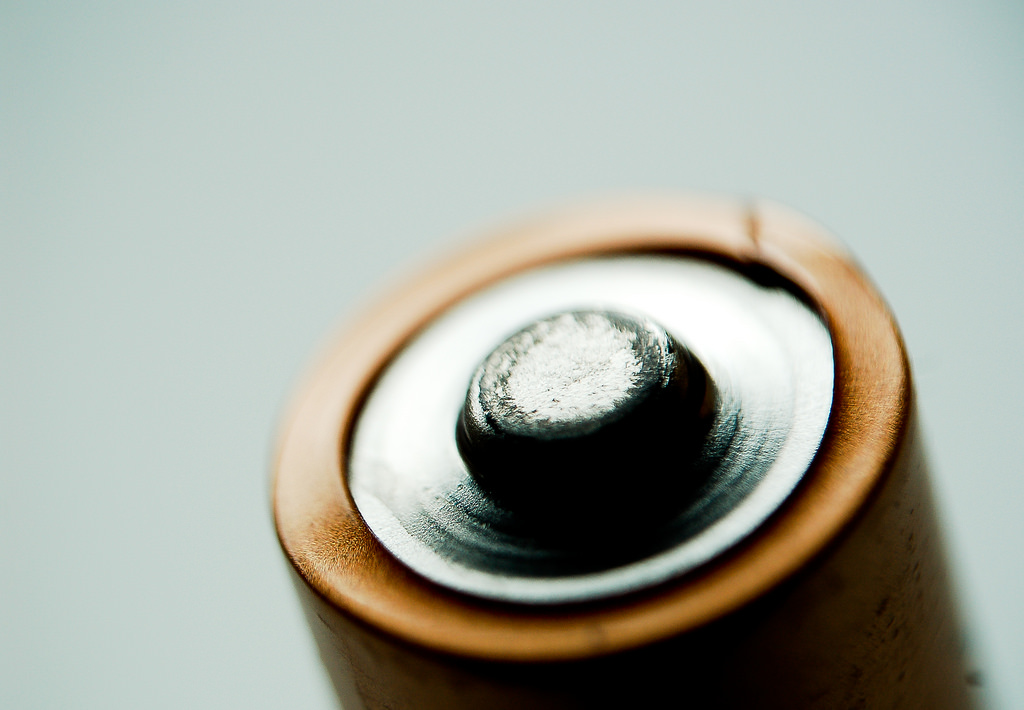Australia is at the dawn of a solar battery storage revolution. A recent report from US-based IHS Technology states that Australia’s energy storage market will grow from less than 500 battery installations in 2015 to 30,000 installations by 2018, while Morgan Stanley has found that half of all households in Australia are interested in installing solar panels with battery storage, with the market potential estimated to be $24bn.
From the lithium battery Tesla Powerwall unit to the lead acid gel battery of AllGrid Energy’s GridWatt system, the Australian market seems to be welcoming one battery innovation after another.
However, one of the biggest gripes for those early adopters buying battery storage systems at the moment is the loss of efficiency of devices. For example, the Tesla Powerwall starts off with about 92% efficiency but, as the lithium cells degrade over time, these efficiencies, and its capacity, drop further.
But a new solar battery has come onto the Australian market that claims to not only have 100% efficiency but is also recyclable at its end of life. The ZCell is a zinc bromide flow battery designed by the Australian energy storage provider Redflow and is said to be the world’s smallest flow battery on the market. It could also have broad reaching implications for everyone’s electricity bills – if power grid operators take note.
Originally designed for the commercial, industrial and telecommunication sectors, the ZBM battery has now been repackaged as the ZCell for the residential market, allowing people to “timeshift” solar power from day to night, store off-peak power for peak demand periods and support off-grid systems. Bizarrely, Redflow thanks Tesla for ZCell’s realisation.
“Energy storage is having its moment in the sun as a concept and we have Tesla to thank for that, for really lighting the battery storage fire”, says Redflow’s executive chairman, Simon Hackett.
Hackett says that although Tesla has been the harbinger of household battery storage in Australia, there’s room for improvement.
“There are different batteries suited for different sorts of applications. While it’s absolutely logical for Tesla to be packaging their lithium batteries for home use, I think lithium batteries are better suited for cars while flow batteries are better for the residential market.”
“Lithium battery cells get worn out when worked hard, as lithium is a sprinter of a battery. What you need for your house is a marathon runner and that’s what our flow battery is. It’s an industrial-strength battery built to go from completely full to dead empty every day.
“If you buy a 6.4 kWh Tesla Powerwall, you can expect it to have lost about 40% of its capacity at the end of its 10-year life. If you buy a 10 kWh ZCell, you can expect to have a 10 kWh battery in 10 years’ time – there’s no loss.”
The first ZCells are expected to go to homes later this year (around June) and Hackett estimates that the final cost for the system, including installation, will be about $18,000.
“It’s not an entry-level price,” Hackett concedes. “But it’s a large battery.”
ZCell is also recyclable when it reaches its end of life, as the zinc bromide solution can be cleaned and put into a new battery, while the plastic casing and electrodes can be recycled into bottles.
Hackett suggests the unit would be most useful for householders using large amounts of energy – for example, those who have electric cars. Hackett himself is said to be Tesla’s biggest individual customer in Australia for electric cars – and he’s charging them with the ZCell battery.
However, he adds that everyone could benefit from solar battery storage as it could transform the way the power grid works, making it cheaper and more effective.



